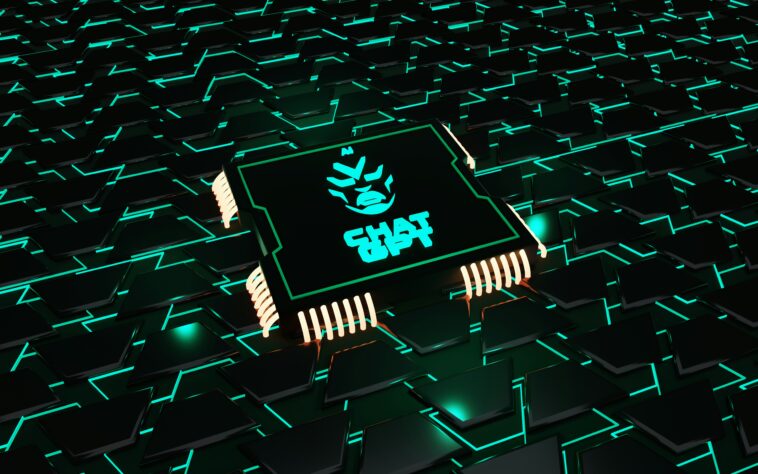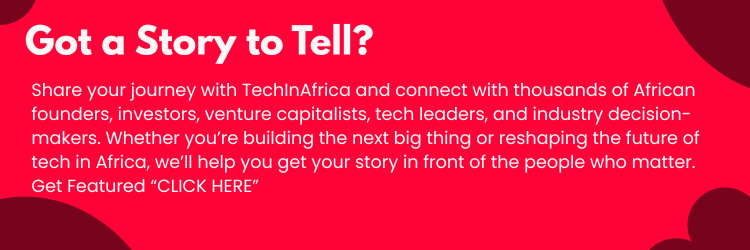OpenAI unveiled its highly anticipated GPT-4.5 model on Thursday, marking the debut of one of the most awaited products in the growing generative AI market. However, the launch, coming two years after GPT-4, highlighted the challenges the AI company faces in maintaining its leadership in the race it helped initiate.
CEO Sam Altman praised the advancements of GPT-4.5, tweeting that it was the first AI model that “felt like talking to a thoughtful person” and expressing his astonishment at the “good advice” it provides. A blog post published by the company shared that testers found GPT-4.5 to exhibit more “EQ” (emotional intelligence) than previous OpenAI models. Additionally, GPT-4.5 is said to be less prone to “hallucinations”—a phenomenon where AI generates inaccurate or invented information—than its predecessors.
While Altman and his team sought to temper expectations, he warned that GPT-4.5 was not designed as a reasoning model and would not necessarily outperform benchmarks. He described it as exhibiting a “different kind of intelligence.” OpenAI’s blog post further emphasized softer, more qualitative metrics to measure GPT-4.5’s improvements over previous models, such as producing output that “feels more natural” and demonstrating an “improved ability to follow user intent.”
The company’s mixed stance on GPT-4.5 was apparent even in how it described the model. OpenAI initially stated in its technical paper released alongside the launch that “GPT-4.5 is not a frontier model” (referring to AI systems at the cutting edge of technological capability). However, hours later, the company removed this line from the paper for reasons that remain unclear.
Additionally, OpenAI indicated it was still undecided about whether it would offer GPT-4.5 as a long-term API for partners to integrate into their systems due to the high operational costs. Currently, the new model is being offered at prices 15 to 30 times higher than OpenAI’s GPT-4 model.
In many ways, GPT-4.5 marks the end of an era for OpenAI. As announced by Altman earlier this month, GPT-4.5, also referred to internally as Orion, is the last model to be built using the same “pre-training” method employed to create the technology behind the successful ChatGPT (with the “P” in GPT standing for “pretrained”). This approach involves building progressively larger models and utilizing ever-expanding amounts of data with each new version, a method that is both expensive and complex, but in theory, enables the models to become more powerful.
OpenAI announced that GPT-4.5 would be available to users of the $200-a-month ChatGPT Pro service starting Thursday, but it would not be accessible to other users until the following week due to limited computing capacity, as noted by Altman.
The company did not disclose the size of the new GPT-4.5 model. However, outside experts estimate that GPT-4 may have up to 1.8 trillion parameters—tunable nodes in its neural network. Some experts have suggested that GPT-4.5 could include as many as 4 trillion to 5 trillion parameters.
While the new GPT-4.5 model outperforms OpenAI’s GPT-4 by a significant margin on several benchmark tests, particularly those involving accurate general knowledge question answering, its performance on other tests, including those involving multilingual problem-solving, showed only slight improvement. Moreover, early users reported that GPT-4.5 underperforms OpenAI’s existing “reasoning” models, such as o1 and o3-mini, as well as the R1 model from the Chinese AI startup DeepSeek, particularly in tasks involving mathematics, coding, and logic.
Benchmark scores shared on social media also suggest that GPT-4.5 lags behind Anthropic’s Claude 3.7 Sonnet, a rival AI model unveiled earlier this week. Claude 3.7 Sonnet is the first AI model to combine the quick, “intuitive” responses typical of GPT-style models with the slower, more deliberate, but often more accurate answers produced by reasoning models. Claude 3.7 Sonnet determines, based on the user’s prompt, whether it can quickly provide an answer based solely on its initial training or if it needs to engage in a “chain of thought” process—producing a series of steps and reflecting on them to arrive at a more accurate conclusion. OpenAI’s GPT-4.5 does not possess this ability.





